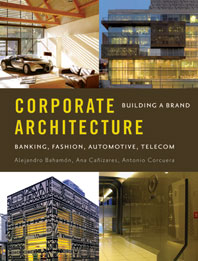Sustainable design fiberboard (SDF) isn’t new, but it is capturing new interest among designers and architects as a greener, durable and more colorful alternative to traditional MDF for applications ranging from kitchen cabinetry to doors, walls and flooring.
Proponents tout the engineered wood panels’ thicker durable panels that ease machine-cutting and installation, formaldehyde-free binders, sustainable timber sources, and plant-based dyes that penetrate the boards and make additional finishes unnecessary.

&SHUFL’s Raw collection of cabinetry, built from SDF.
Photo courtesy &SHUFL
Tom Surman and Percy Weston, whose London firm favors unfussy, sustainable materials in projects such as their teaching kitchen in an elementary school first encountered the timber particle board under the brand name Valchromat while the two were students at the Royal College of Art in London where each earned his M.Arch. “Our philosophy is no unnecessary, fiddly details and finishing,” says Surman explaining why they chose SDF for the design of their first piece of furniture. The durable SDF table consists of just four computer-cut parts, no hardware, can be assembled in 10 seconds and is FSC-certified. “There’s no thin, fragile paint finish to chip, which makes it very durable,” he says.

A prototype of an SDF, easy-assemble table by Surman Weston, a London-based architecture firm. A solid oak wedge holds its four pieces in place.
Photo courtesy Surman Weston
Danish designer Lotte Hyldahl cited similar reasons for rolling out an entire line of SDF cabinetry two years ago for her six-year-old company &SHUFL. “It’s a very honest and tactile material. It can be maintained and revived in a way that few products can. If it gets a stain, it can be sanded and repaired. It does require re-oiling once in a while, but if that is done, it can stay beautiful for many years,” says Hyldahl.

Assembly for Surman Weston’s four-piece SDF table takes just seconds.
Photo courtesy Surman Weston
While the verdict is still out on whether SDF under its many brand names always features a low-VOC binder, (at least one 2000 study published in the American College of Chest Physicians' Chest Journal reports workers who handle a chemical used to produce SDF have developed asthma-like symptoms), the fact that it can qualify for Roseburg LEED credits in the same way that sustainable MDF does, but feature versatile through-color is at least a step in the right direction.
This story was featured in Material World, Architectural Record’s products-focused newsletter. Subscribe today!








